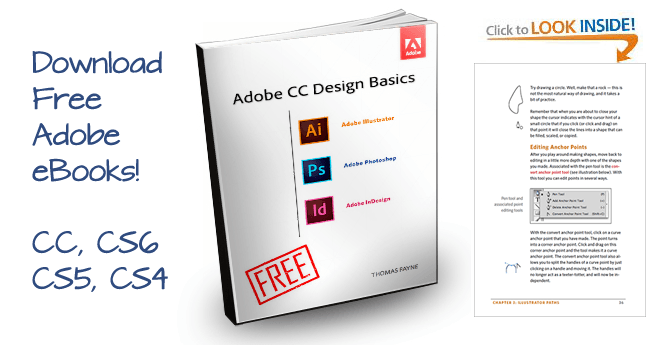

InDesign also has a reputation as a difficult program to learn, but it doesn’t have to be. It can be used to create any type of document, from short interactive brochures to annual reports to a 100,000-word textbook, and it has a number of unique tools for managing such large documents. ☐To move a text block, select it by clicking on it once with the Pointer Tool (choose the Pointer Tool from the toolbox).Adobe InDesign is one of the most popular page layout programs in the world. HINT: If you can’t read your text as you start typing, go to the View menu and Zoom In.įor a new text block, simply click the cursor on another part of your document and start typing again. Click on your document where you want your text, and begin typing. PageMaker allows you to create text in the document, or import it from an existing file. Now that our page is set up and has some guides, we need to add text and graphic elements. To navigate through the different pages, just select the number of page to go by clicking the page number in the bottom left corner. Go to Layout, click Insert Pages., and select the amount of pages desired and where you want to insert them. You can add additional pages in a specific place. You can simply use guides as visual aids, or you can enable the snap-to function by going to the View menu and making sure Snap to Guides. This process is the same for the vertical guide, and you can create as many guides as you need. Once you let go, you can move it by clicking and dragging. ☐Put your mouse pointer over the horizontal ruler, click and hold, and drag down onto your document to place a horizontal guide.

When this is checked, the guide will be in line with a tick mark on the ruler. If not, click on it once, and when you check again, the checkmark will be there.

☐Under the View menu, look to see if there is a checkmark next to the Snap to Rulers command. You can add ruler guides to help position an image, text, etc. The page already has margin guides - a dotted or coloured rectangle that represents the page margins you specified in the Document Setup dialogue box. ☐PageMaker allows you to use nonprinting guides to help you align and position objects on the page. ☐Click OK when you’ve finished setting up your document.ĭocument setup in pagemaker Positioning Ruler Guides When Double-sided is deselected, PageMaker changes Inside and Outside to Left and Right margins. The Outside margins are correspondingly reversed. The inside margin is on the right side of even numbered pages and on the left side of odd numbered pages. ☐In the Margins : section, when Double-sided is selected, margins are set as Insideand Outside. ☐Set Number of pages : and Start Page #: by entering the desired outcome. ☐In the Options: section, click Facing pages if you want left and right pages displayed together (as a two-page spread) and Double-sided if you plan on printing double-sided. ☐Set the Orientation to Tall (Portrait) or Wide (Landscape). The dimensions appear automatically in the Dimensions boxes. ☐Select a standard page size from the Page Size pop-up menu. Any of these settings can be changed later on by going to the File menu and selecting Document Setup. When you create a new PageMaker document, you’ll be prompted with the Document Setup dialog box. To start a new document, go to File, and click New. In addition, pages can have single or multiple columns, and text can be threaded throughout a document (just like a newspaper article that starts on the front page and ends on a different page). PageMaker can be used for single page documents (such as fliers or announcements) or multipage documents (such as chapters or brochures). Due to this, it is recommended that you create your text documents in Word, unless your text is relatively short. A word of caution, however: saving a document takes longer in PageMaker than in Word and the file size is larger too. PageMaker can also be used as a word processor (complete with a spell check) when in the Story Editor mode (found under the Edit menu). You can add, create, import, and arrange text and graphics and then place them anywhere on the page. PageMaker is a document layout program that has extensive typographic controls, page design capabilities, and customization options.


 0 kommentar(er)
0 kommentar(er)
